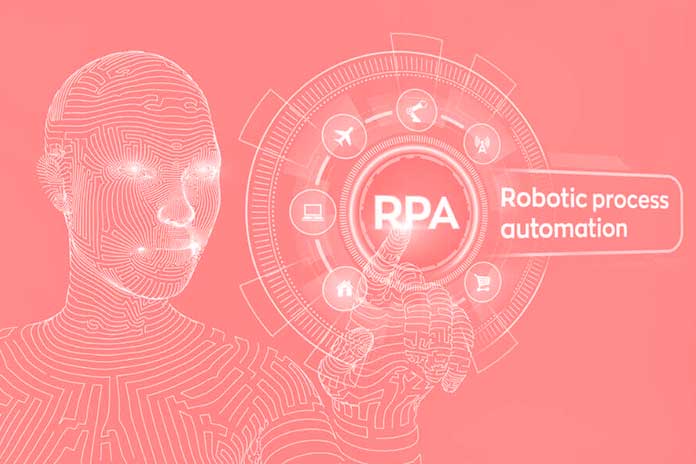So far, robotic process automation has mainly been used for mass processes in the back office. So far, companies have been automating highly repetitive processes in personnel management, financial accounting, or IT administration with robotic process automation. For this purpose, software robots are installed on servers, where they do their work in the background. This means that companies are only using half of the potential of RPA. The employees who do not work in the back office also often spend their time on simple, recurring, and, in total, time-consuming, but at the same time unloved activities. Software robots can also carry out such tasks – more precisely, so-called “Attended Robots.”
These are software robots installed directly on the employees’ end devices and relieve them of their typical commands or triggered by certain events. According to UiPath, a leading provider of enterprise robotic process automation and RPA solutions must meet several critical requirements for this technology to develop its full potential.
Robotic Process Automation: Synchronizing Man And Machine
The software robots on the end devices emulate the users’ activities and move through their applications just like their human colleagues. This means that there is a risk that employees and their robots will get in each other’s way.. The RPA solution should be able to use the possibilities of the operating systems to execute processes in parallel. Then the employee can edit a document, for example, while the robot checks email simultaneously. If this is not the case, the employees have to wait until their software colleagues have finished – and the productivity benefits are gone.
Enable simple automation: Employees should be able to assemble the automated processes using drag and drop quickly. If you need programming knowledge or have to request automation from central IT, you will make little use of the possibilities of the Attended Robots. On the other hand, if they can feed their software robots with work themselves, RPA becomes a simple productivity tool for them. Just as naturally as you use a spreadsheet to perform calculations or generate graphics, you will use RPA to have your software robots collect information and generate reports.
Robotic Process Automation: Automation Of Routine Tasks
Support “Center of Excellence”: The processes automated by employees on their own devices are often also of interest to colleagues who are confronted with the same or similar routine tasks. Therefore, a Robotic Process Automation solution should offer a mechanism for the efficient and safe distribution of such automation. The employees should be able to hand over their processes to a central “Center of Excellence,” which they then make quality assured and available to all employees in the company. The community idea is a supporting element here.
“Companies that combine software robots in the backend and personal software robots for their employees achieve the maximum benefit from RPA technology,”. “A powerful enterprise RPA platform like UiPath enables you to efficiently orchestrate and control your mixed workforce, consisting of your human employees and the two types of robots.”
This means that companies are only using half of the potential of RPA. The employees who do not work in the back office also often spend their time on simple, recurring, and, in total, time-consuming, but at the same time unloved activities. Therefore, a Robotic Process Automation solution should offer a mechanism for the efficient and safe distribution of such automation.
Also Read: RPA As A Service – A Cutting Edge Revolution For Mid-market Enterprises

